The very first iPhone heralded the arrival of revolutionary mobile devices that can now offer us more than ever before. However, it also meant turning the phone into a piece of glass with touch controlsa the arrival of a whole new problem: the possibility of breaking the phone. Before, when you dropped your mobile phone on the ground, nothing serious usually happened, and if it did, you could get spare parts and repair the device yourself for a few crowns. But now, when you drop your phone on the floor, there is a high chance that you will break his displej and you cannot avoid a repair worth several hundreds or thousands of crowns. We have thus moved from the era of treatment to the era of prevention.
It could be interest you
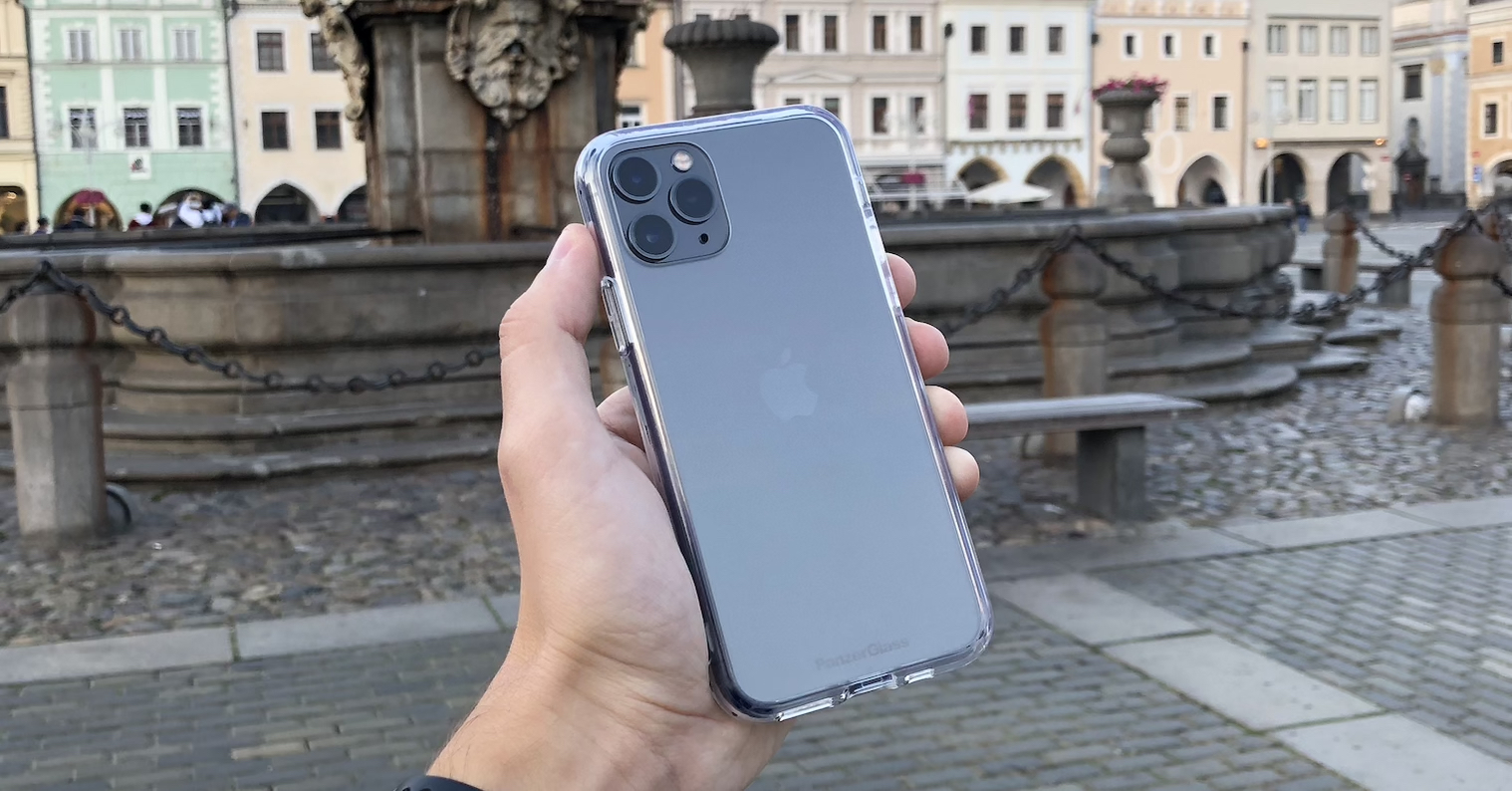
Screen protectors are most often used to protect the phone screená glass and foil, and here too one comes across several subcategories.
Protective (hardened) glasses
Protective or hardened glass is essentially glass, whose the main goal is to sacrifice yourself to save your display. Today, many glasses are also based on the same manufacturing processes as Gorilla Glass, which can be found on the vast majority of smartphones. Higher resistance is expected from such protective glass, but it also offers other benefits.
Firstly, it is hardness, level 9H is the absolute standard here. I honestly wouldn't go to the lower levels (7H, 6H) even though they may look more attractive. They are thinner, but therefore also more flexible, and their properties are closer to a protective film than a true protection against breakage. If someone wants to tell you that this is the best of both worlds, know that it is definitely not.
Another thing that is important when choosing glass is whether it sticks to the entire display or just the frame. The glasses that stick to the entire display are usually completely transparentá, but in some cases you can also have glass imitating the front of the device (in different colors). However, such glass is usually 2,5D at the same time. What does it mean? That it wasn't "flat" glass, but that the glass had curved edges like you know from the iPhone 6 and later. The advantage of 2,5D glasses is also higher compatibility with protective covers, especially robust ones.
As for the bonding style, as I mentioned earlier, some glasses are only bonded to the frames. It's common with cheaper glasses, but I've also run into it a lot with the Samsung Galaxy S7 edge and others with curved displays. The problem with these glasses is poor adhesion, so the glass "pops" when used and you can see air bubbles between the screen and the glass and overall it looks really awful. Fortunately, the iPhone has the advantage of maintaining a flat display, so the vast majority of glasses for it stick all over the glass.
By the way, for glasses with a lifetime warranty, it also applies that the glass has a warranty only as long as it is manufactured, so this warranty also expires after the end of production. If the conditions allow it, you are also entitled to a refund. But it depends on the conditions of the manufacturer and the store where you bought the glass.
How to glue protective glass
- First of all, it is important that you do not have dust around you. It is also recommended to perform the whole process in the bathroom, where you run the shower for a while, which will moisten the air in it and prevent dust from getting under the display.
- Place the phone on a flat surface, unwrap the box from the protective glass and remove the damp cloth from it. Wash the phone screen thoroughly with it.
- Take a dry cloth and wipe the phone. I recommend gradually going from one side to the other, even several times in a row. It is really important that no speck of dust remains on the phone.
- If you do have small grains on your phone, use the adhesive papers that are also included in the package. In this case, be careful not to touch the display with your skin, thereby dirtying it again.
- Now take the protective glass, peel off the foil from the adhesive side and carefully place the glass on the display. If you're a beginner, you really only have one try - if you glue the glass wrong, when you try to peel it off, you may damage it in some part and you won't be able to glue it as it should.
- The glass should immediately begin to stick to the display, but even here air bubbles may begin to form. There are different ways to remove them. The first option is to push them out with your finger over the nearest edge. This works in the vast majority of cases. The second option is to lift the glass a little and carefully with your fingernail. But I would recommend it to more experienced people. Finally, the third option is to press really hard on the bubble that appears on the display for no reason and hold it for several seconds. This is because it may be an area with a weaker adhesive and its sticking requires the use of more force.
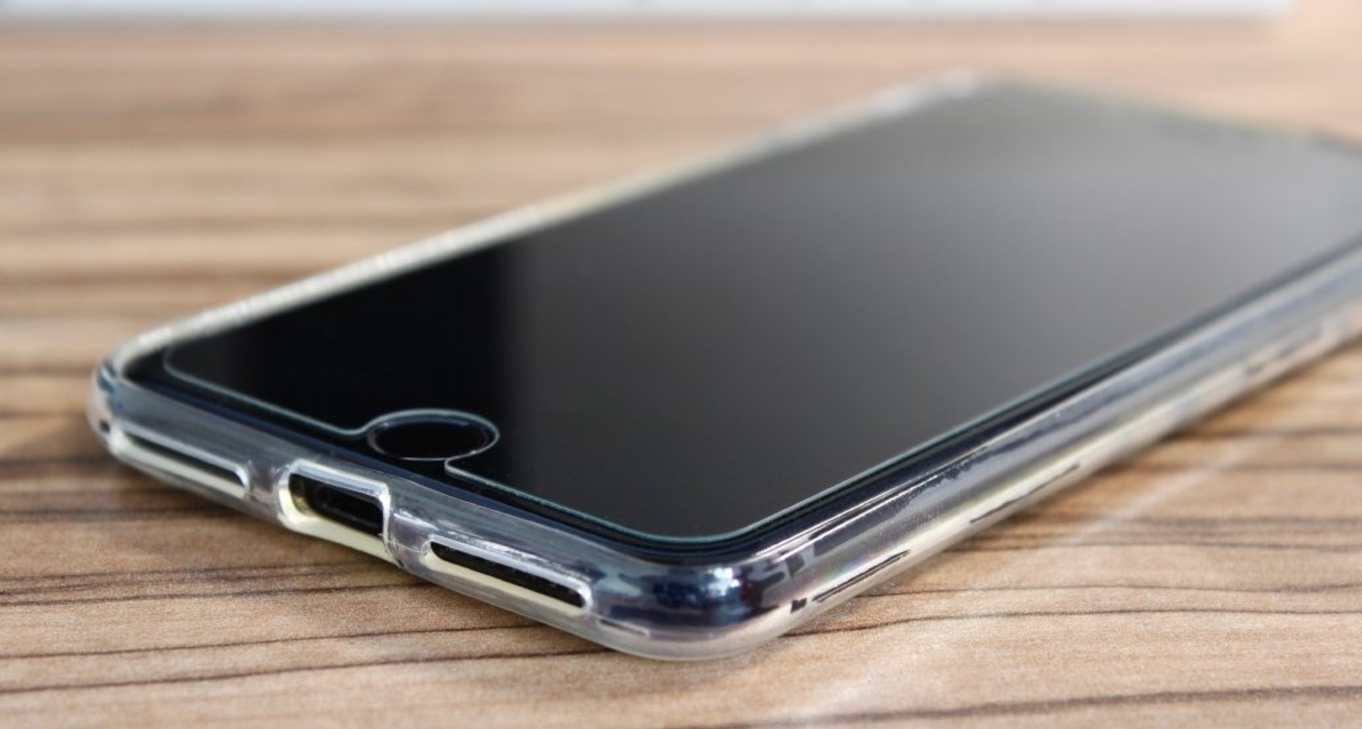
Protective foil
don't be fooled protective foil is really just a "sticker" to protect your display from scratches, not from breaking. I have come across cases where someone combined foil and glass, but such a solution does not make much sense, because protective glass foilí no before breaking you will not save.
Foil sometimes has its justification. For example, if you have a durable cover on your phone that protects it from both sides. Mthe feet of such covers are not compatible with protective glass, so the foil protects your display at least from scratches. Má really microscopic thickness, so without problems under such cover it fits.
However, gluing foil is a much more demanding and lengthy process than gluing glass. Although the film will protect your display from scratches, due to its flexibility, you may accidentally stick the film to itself during gluing, which will make it worthless almost immediately.
The gluing procedure is in principle very similar to protective glass, but! the package also includes a card with which you can remove the bubbles from under the glued foil. This is because there is a much higher chance of their occurrence and there is also a higher chance of damaging it, if you use excessive force you can tear or crease it in the areas where the bubbles occur. The risk applies to both the finger and the card, but it is there somewhat smaller.
Unlike gluing glass, where the longest part is cleaning the display, with foil it is precisely the removal of bubbles that you spend a few minutes on in order to get a really high-quality result that you will be satisfied with. Which reminds me, I've had the screen protector stuck on my 1st generation iPad mini for several years now, and I'm so happy with it that I almost forgot it was there. So much for precision work.
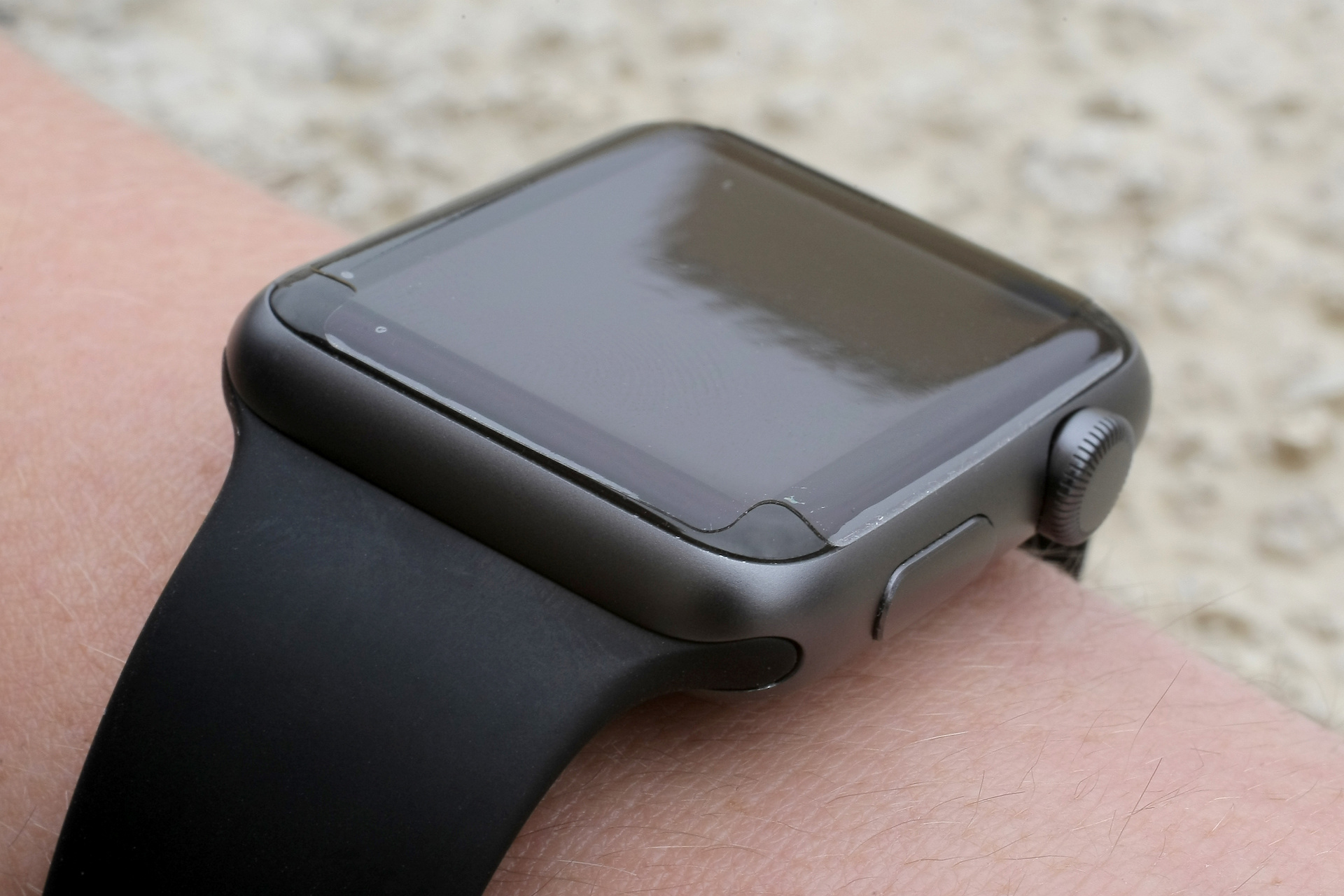
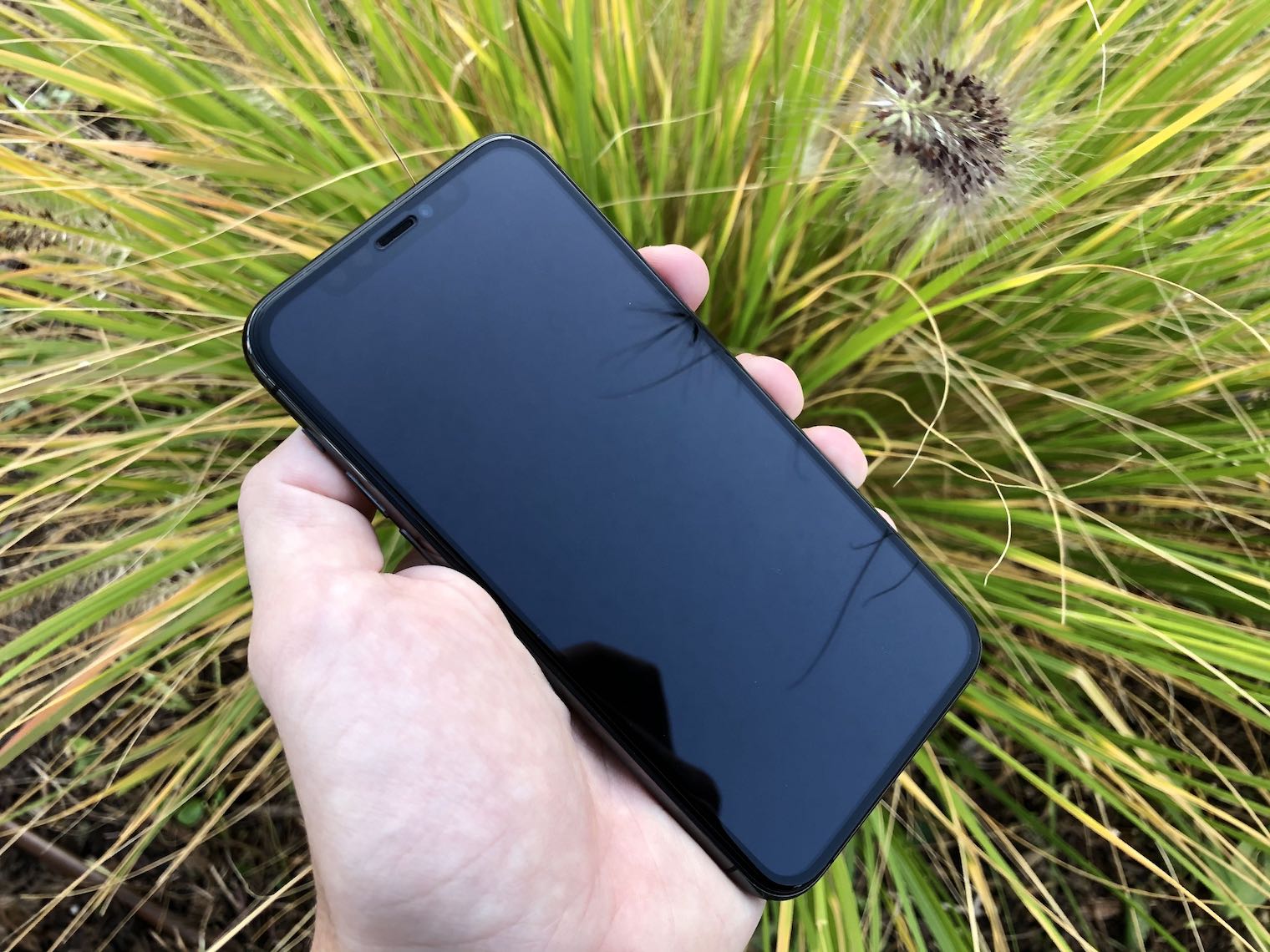
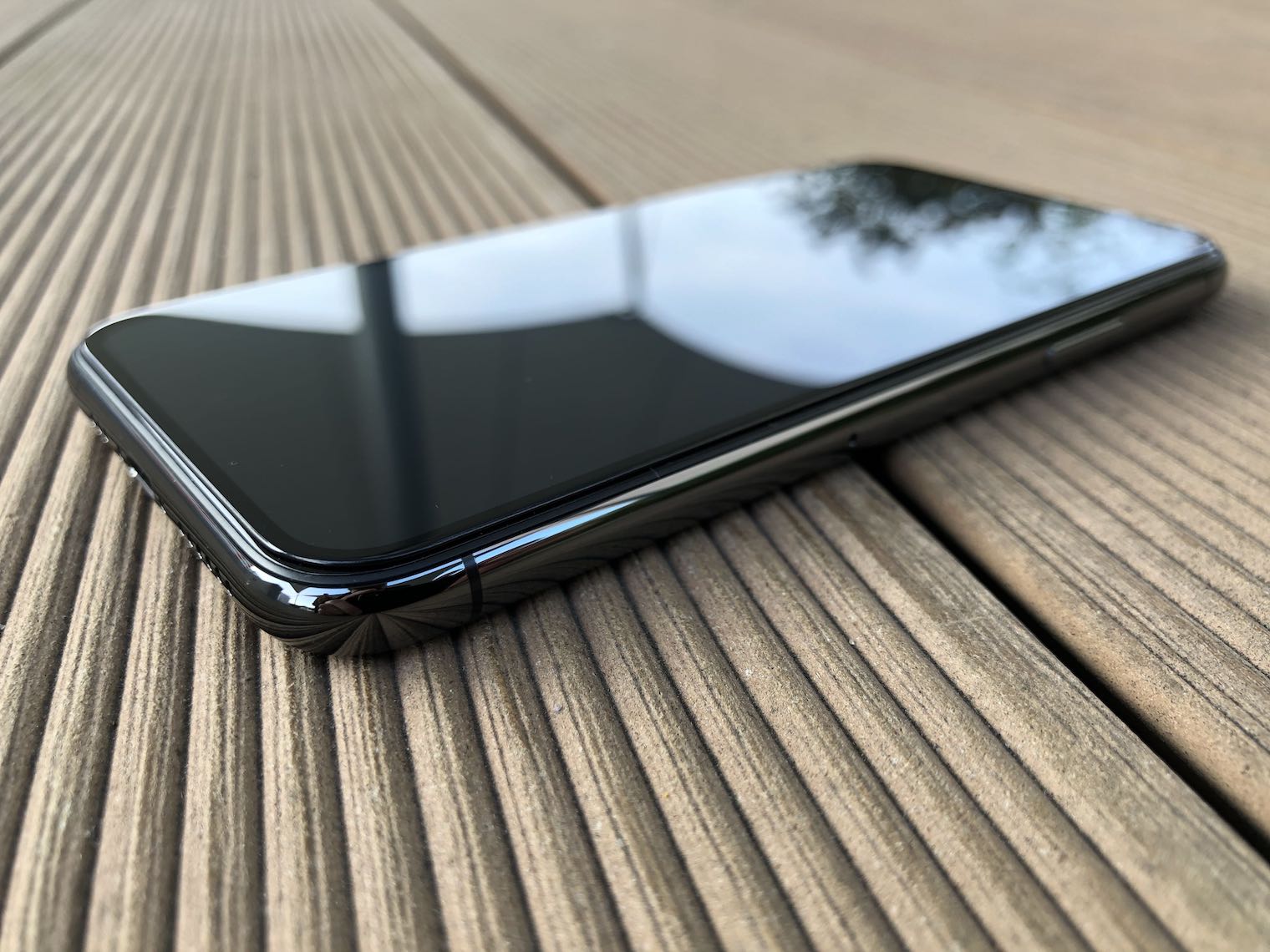
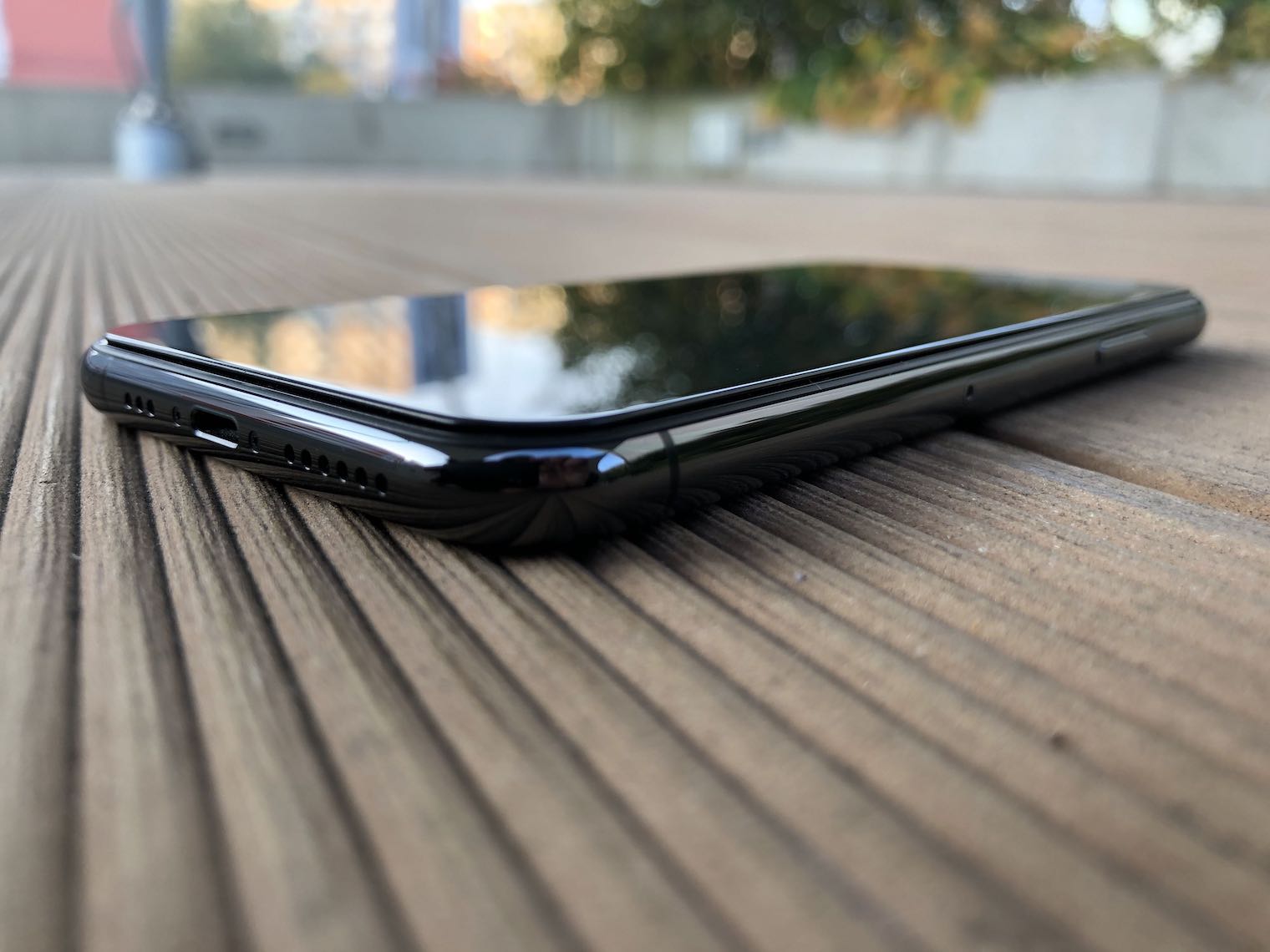
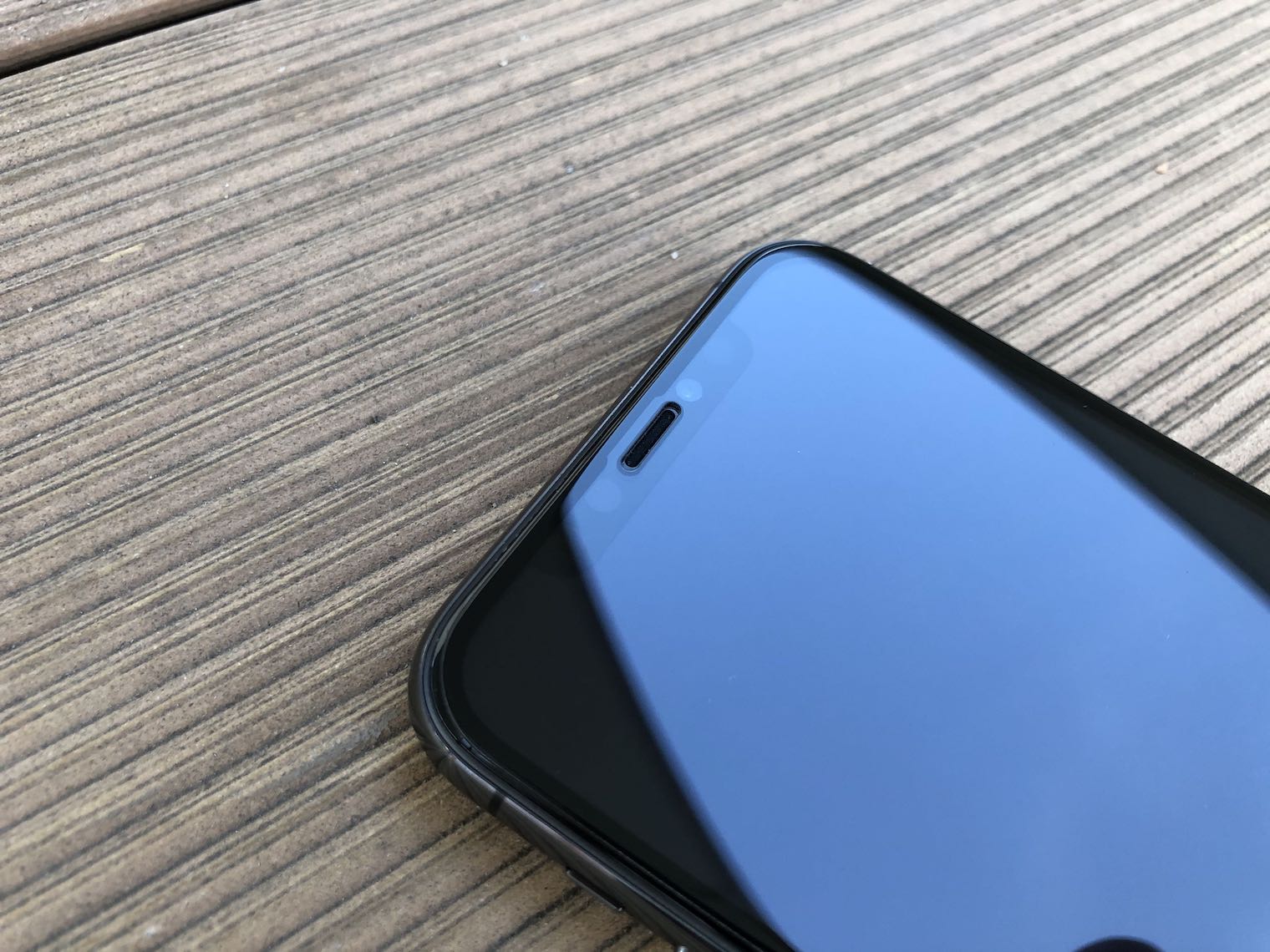
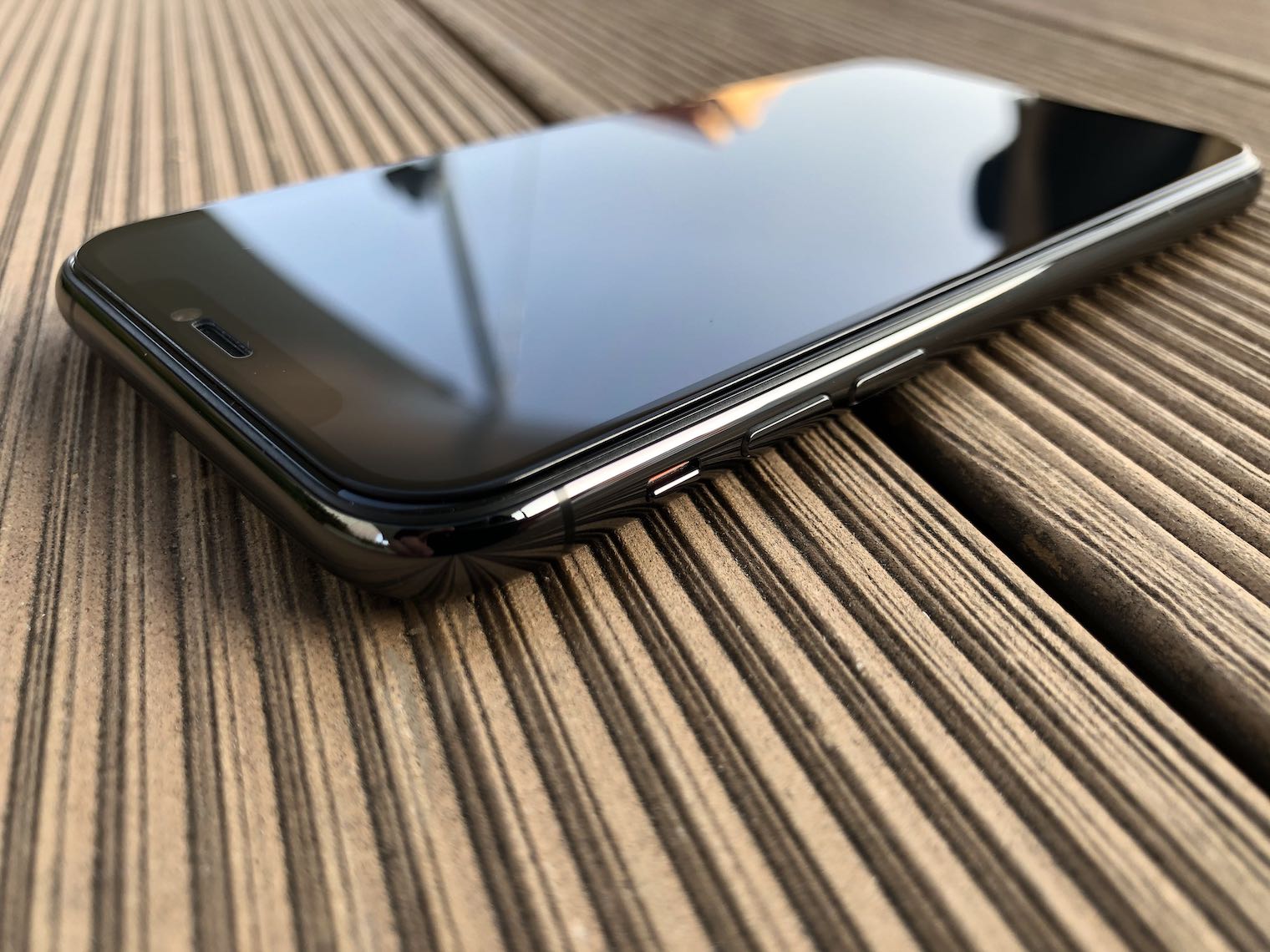

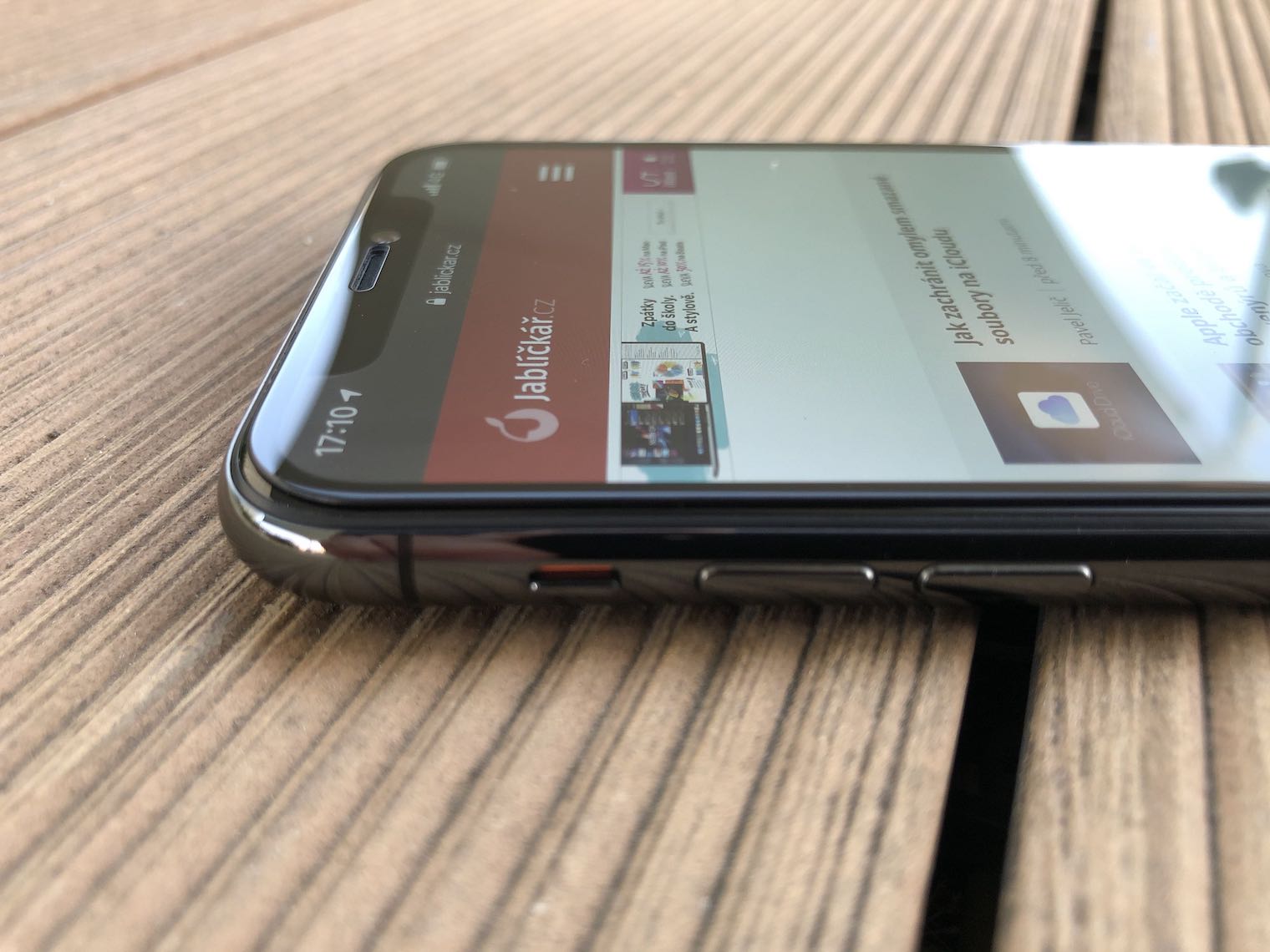
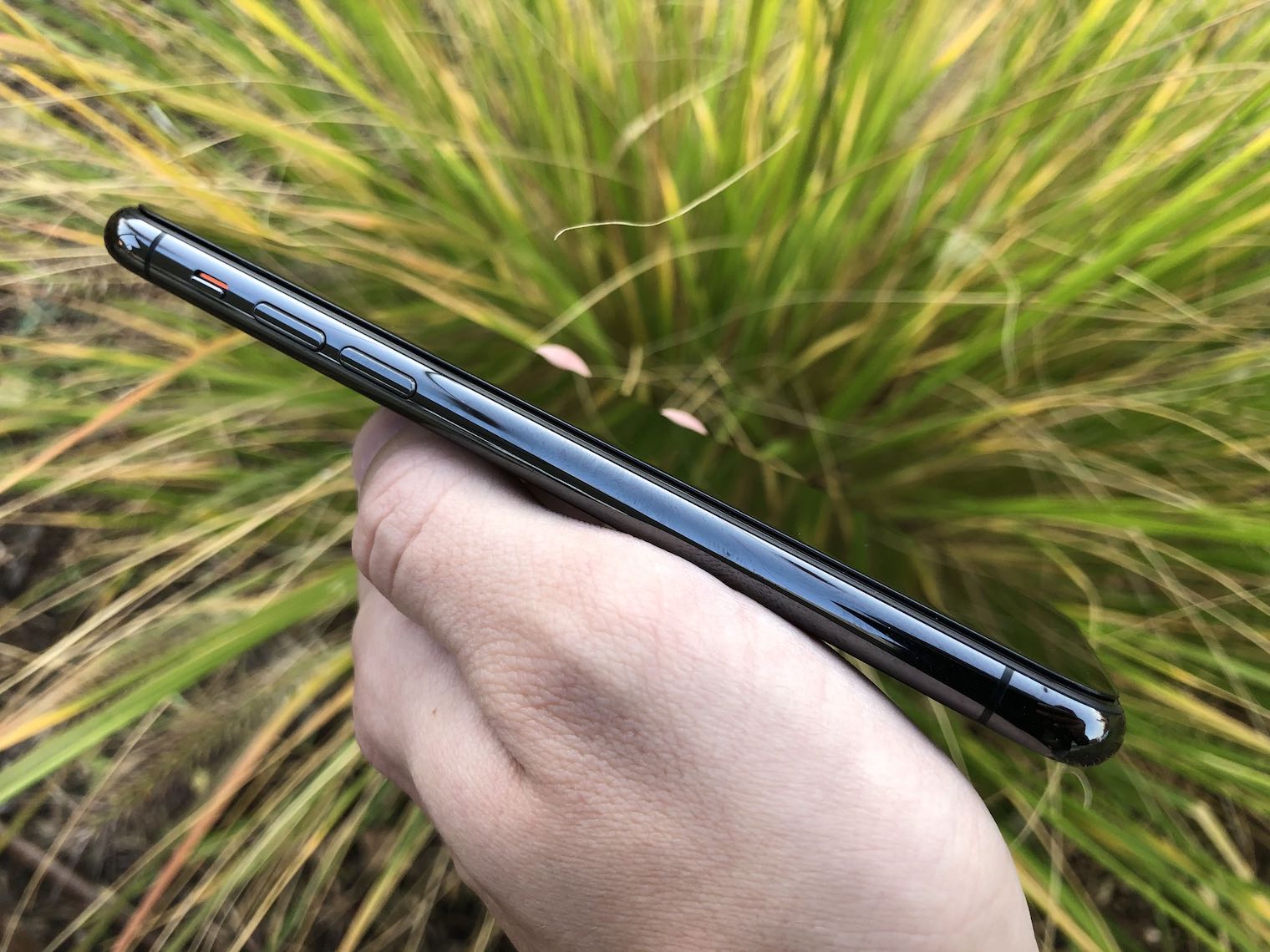
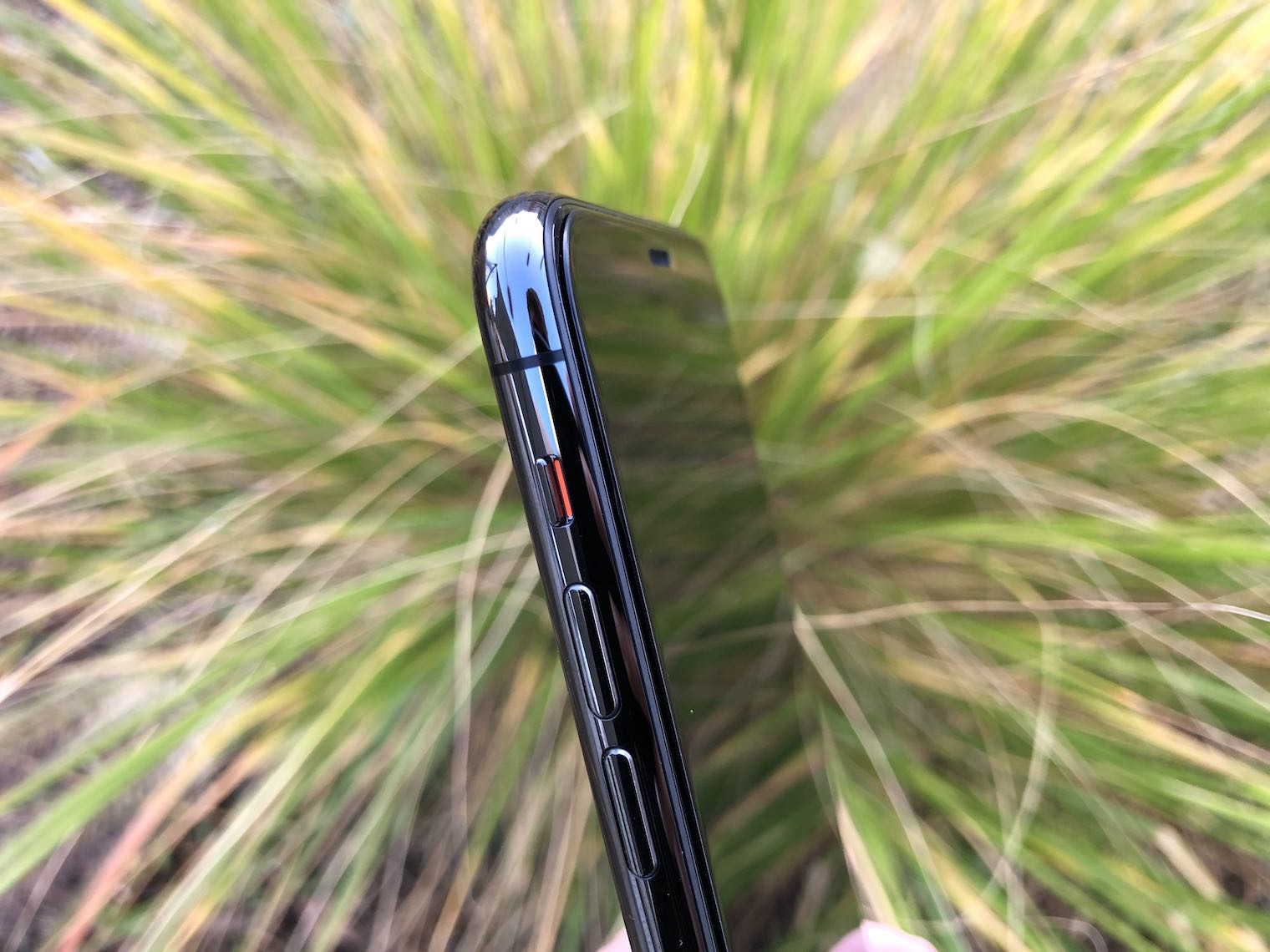


So learn grammar, you often make mistakes!
How will the correct grammar help me to glue the glass??